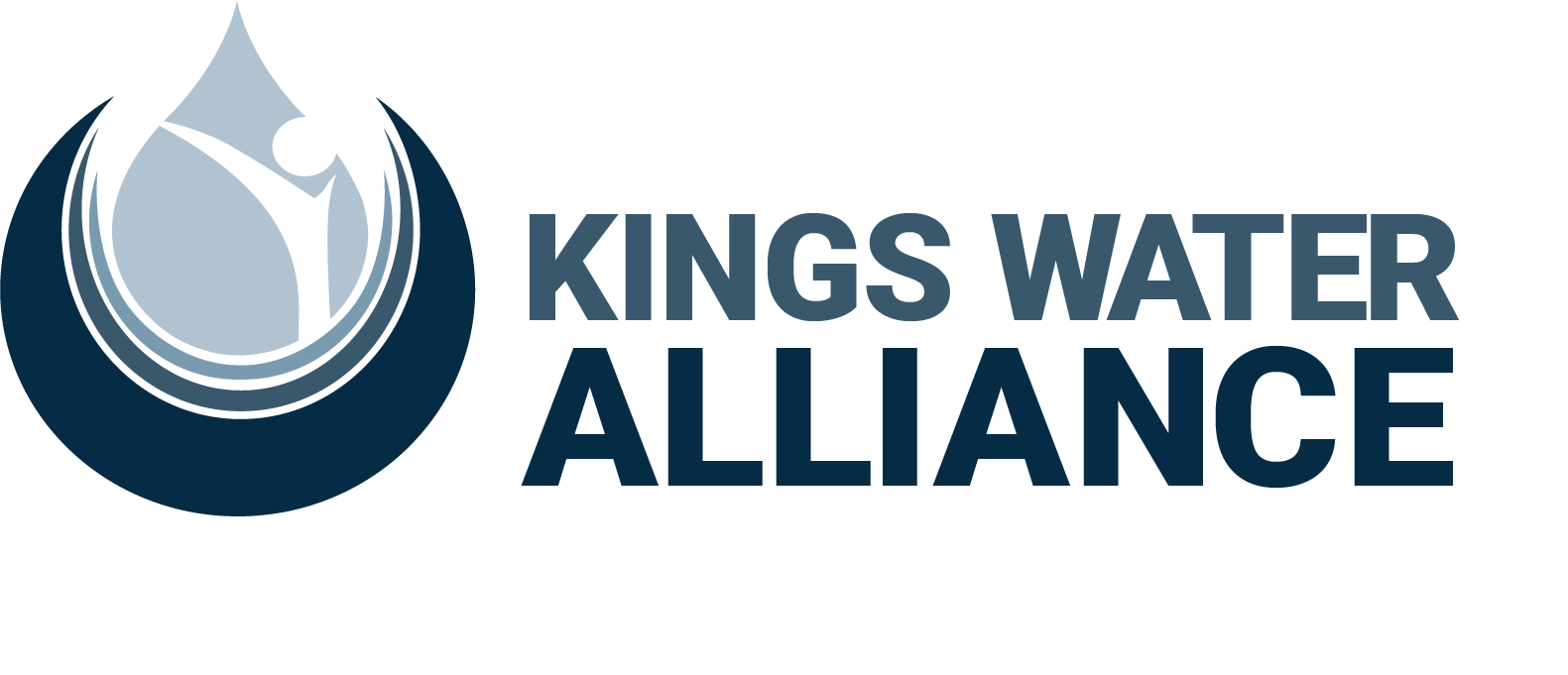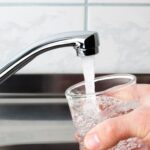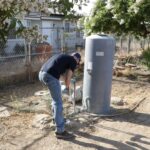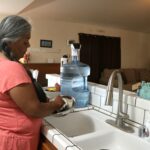Access to safe and reliable drinking water is essential for every household. Not all water supply sources are the same, while some homes draw water from private domestic wells (aka well water), others receive supply from public water systems (aka city water).
Understanding the differences, knowing where your water comes from, and what your responsibilities are when it comes to maintenance and upkeep can help you manage and make informed decisions about your water supply.

How to Tell Whether You're on Well Water or City Water
CHECK YOUR WATER BILL
If you get a monthly water bill from a utility, you are most likely connected to a public water system (city water).
CHECK COUNTY OR LOCAL RECORDS
Building permits and/or water system maps may show whether your address is in a utility service zone.
ASK A NEIGHBOR OR LOCAL AUTHORITY
Neighbors likely have similar water situations. Your county health department or local water agency can clarify too.
REVIEW PAST WATER TESTING OR REPORTS
If you get a Consumer Confidence Report (CCR) from your water provider each year, you’re likely on a public system (those reports are required under the Safe Drinking Water Act.
ASK A WATER PROFESSIONAL
A local well driller or water specialist can assess your water source for you. Or you can give us a call and we can ask a couple of questions to help you determine.
INSPECT YOUR PROPERTY FOR A WELL
A visible wellhead, pump system, or above-ground water line may confirm your water supply is coming from a private well.

Well Water vs. City Water - Key Differences at a Glance
| Feature | Private Domestic Well (Well Water) | Public Water System (City Water) |
|---|---|---|
| Ownership | Homeowner | Utility or government entity |
| Regulation | Minimal; homeowner responsibility | Regulated under federal and state laws; frequent oversight |
| Water Quality Control | Homeowner manages testing and treatment | Utility must test, treat, and report |
| Infrastructure Cost | Upfront drilling and maintenance paid by owner | Costs distributed across users through rates |
| Additive Use | No mandated additives by default | May include disinfectants and additives (for example, chlorine or fluoride) |
| Control & Decision Power | High control for the homeowner; also high responsibility | Low individual control; decisions made by utility |
| Risk Exposure | Local contamination, mechanical failure, and reliance on owner maintenance | Network-level risks, infrastructure failures, but greater redundancy and oversight |
What Should You Do If You Rely on a Private Well?
STEP 1 –TEST YOUR WATER
Even if you feel your water is fine, unseen contamination can exist. Use a certified laboratory or trusted testing service such as Kings Water Alliance*. Link to well test application.
STEP 2 – SET UP A REGULAR TESTING SCHEDULE
At minimum, test annually for bacterial contamination, nitrates, electrical conductivity, and regionally relevant constituents.
STEP 3 – HIRE A QUALIFIED WELL PROFESSIONAL
For inspections, maintenance, repairs, and advice.
STEP 4 – IMPLEMENT PROTECTION PRACTICES
Ensure your well is sealed, wellhead is above grade, maintain drainage, and keep chemicals away.
*Kings Water Alliance tests for Nitrates only as of 11/7/2025.
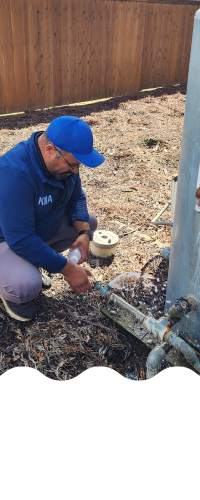
Free Well Water Quality Testing Program With Kings Water Alliance
If you depend on a private residential well, you have both advantages and risks when it comes to your water supply. Sign up today for our free well water quality testing* and get peace of mind about your water.
We’ll test for nitrate, help you interpret results, and guide you through available options for your water supply. Link to well test application.
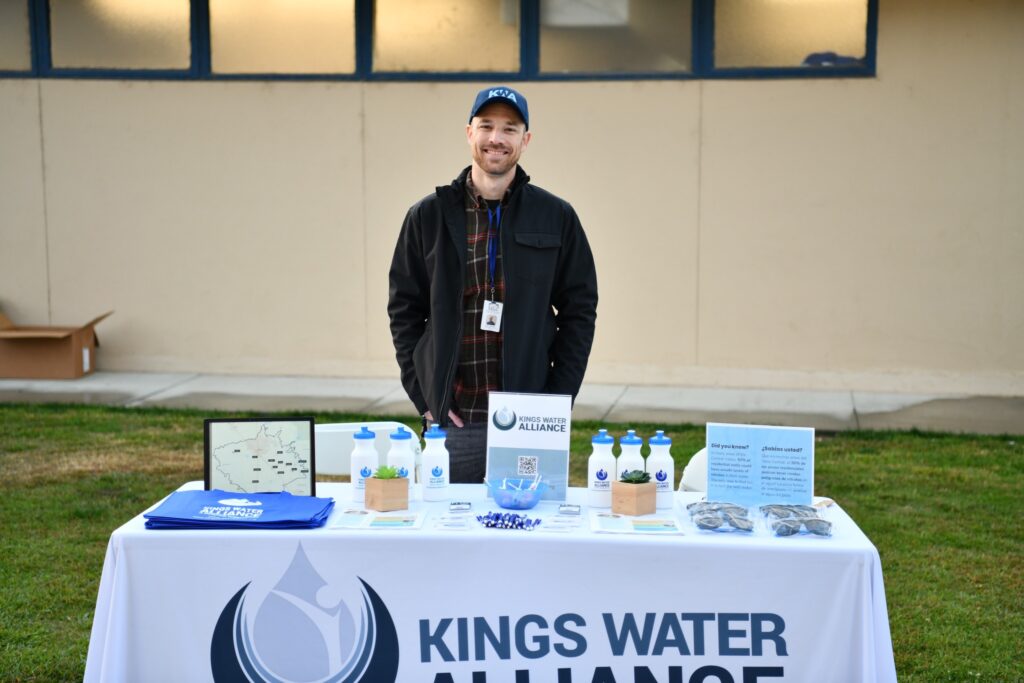
Sources & Helpful Links:
- https://www.waterboards.ca.gov/gama/docs/wellowner_guide.pdf
- Well Water vs. City Water: What’s the Difference? – Orchard
- Well Water vs. City Water: Pros and Cons | Reichelt Plumbing
- Well Water vs City Water – Understanding the Pros and Cons
- https://www.ngwa.org/docs/default-source/default-document-library/groundwater/private-wells-and-public-water-systems.pdf?sfvrsn=a196bb8c_2
- Well Water vs. City Water: What’s the Difference? – Bob Vila
